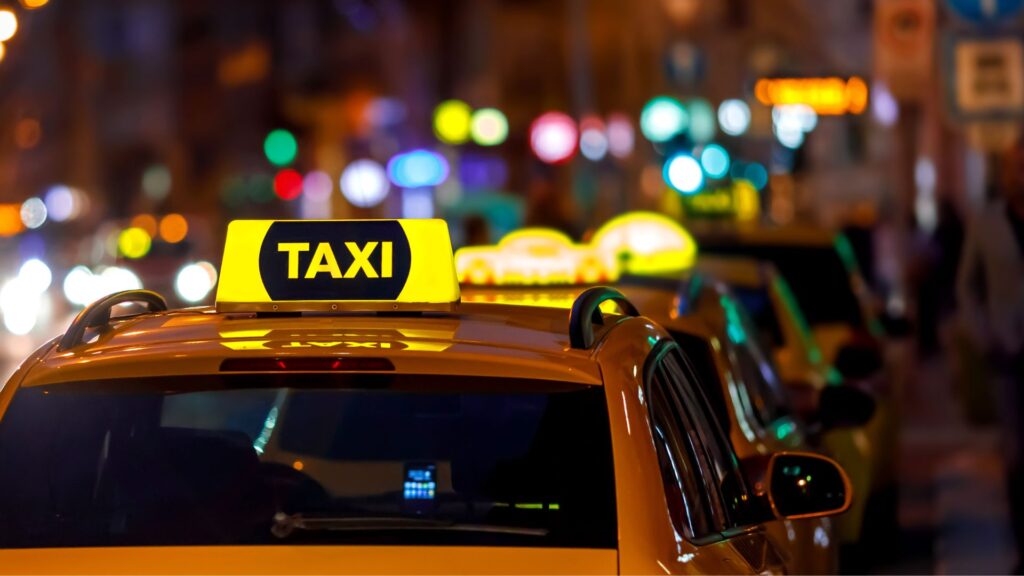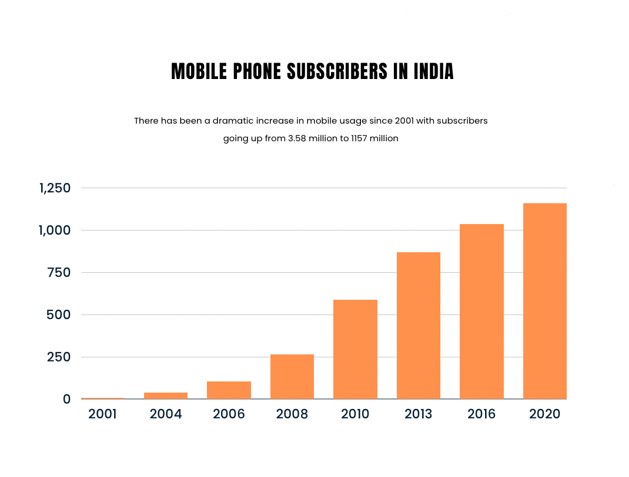Sutanu Guru
Since the once in a century Covid pandemic hit India in March 2020 like a malevolent cyclone, there has been a lot of talk about “work from home”. Plenty of media reports and stories have tales of technology, high speed internet and cheap data enabling a section of Indians to continue working and earning even during lockdowns.
But that is a very small minority of Indians. Most Indians cannot afford the luxury of work from home, sitting in front of their desktops or laptops and attending Zoom meetings. The vast majority of Indians who cannot work from home suffered a lot during Covid lockdowns. At the same time, the same majority of Indians quickly bounced back because they had technology as a modern-day messiah.
If there is a problem with your bathroom fixtures, the plumber can’t fix it over a Zoom call. He has to come home. Ditto for a carpenter, an electrician, a TV repair guy, someone to revise your AC, a person to fix a fault with your gas stove and a myriad other things that are key elements of daily life but rarely talked about.

Add to these professionals a few million auto and taxi drivers, millions of delivery agents and millions of staff employed in blue- and white-collar positions in restaurants, resorts, airlines, bus fleets, hotels, hospitals, off line stores and malls, to name just a few. The media pays attention of how technology enables a middle class or relatively affluent family to enjoy a better quality of life as technology ensures doorstep delivery of almost everything.
But hardly anyone pays attention to how the same technology has created a near miracle for ordinary Indians who cannot work from home. In the previous column, the author had mentioned how his driver’s wife earns about Rs 40,000 a month as a beautician registered with Urban Clap.
There are millions like her whose economic fortunes have been changing dramatically since about 2015-16 with the arrival of high speed 4G telecom services and very cheap internet data. There is an electrician near the house of the author who has been doing repairs and installations as required for almost 15 years. He states that his income has gone up five times in the last eight years.

Till 2015, the wife of the author’s driver earned barely Rs 5,000 a month as a “help” in a beauty parlour. The author has also been an occasional customer of an auto rickshaw driver for more than 10 years. Today, the auto driver owns his vehicle and relies on What’sApp through which about 100 regular customers use his services. Needless to say, his income has multiplied many times. It is these aspirational Indians whose journey from poverty to a decent and dignified livelihood that will power economic growth in India over the next decade or so.
There are many facets of technology that have been transformational. There are the computers, the internet and the mobile phone. In India, the most powerful technology tool that has lifted tens of millions of Indians from poverty is the mobile phone along with low usage costs. When mobile phone services were launched in India in 1995, there were no smart phones and even middle-class folks could not afford them as call rates were prohibitively expensive.
The cost of making a mobile call in 1995 was a ridiculous Rs 24 per minute and you also had to pay Rs 16 per minute while receiving a call. It is only in this century that call rates started falling. Now of course, you can make unlimited calls, use What’s App as many times as you want, watch videos for hours a day, and abuse people on Instagram, Facebook and Twitter for a princely Rs 300 a month. The cost of a low-end smart phone has dropped to about Rs 6,000.

The chart above clearly shows how phenomenal the growth in the number of mobile subscribers has been in India since the beginning of this century. The total population of India is about 1400 million. As of today, there are nearly 1200 million mobile phone subscribers. More than 365 million Indians are children below age 14. So that gives you a picture. Most importantly, close to 300 million “adult” Indians are self-employed. It is they who have reaped the miraculous benefits of mobile phones and cheap data. So the next time a “socialist” tells you that modern technology is harming the poor in India, just show these numbers to him/her!
(Author has been a media professional for over 3 decades. He is now Executive Director, C Voter Foundation. Views are Personal)























